Chives and features of its cultivation
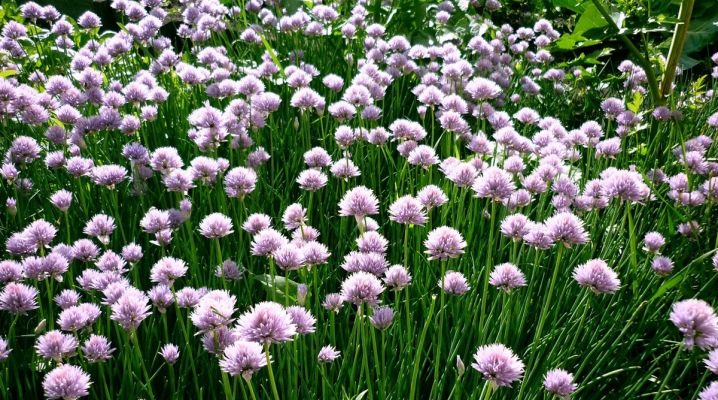
The chives have many names - from English to winter onions, from speed to trimbulk. It is also called chives, and this perennial edible plant owes its popularity to such a variety of names. Somewhere it is big, somewhere more modest, but now the time has come when chives more often look at domestic sites.
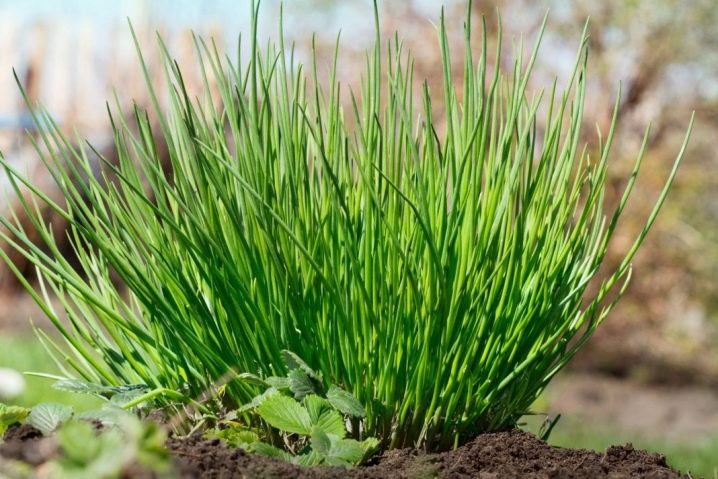
general description
It is frost-resistant, moisture-loving perennial, which can be grown in one area for 5-6 years. There is an alpine onion (Russian, European), and there is a Siberian. The first one involves bushes with two hundred branches, and its feather is small, it grows very quickly.
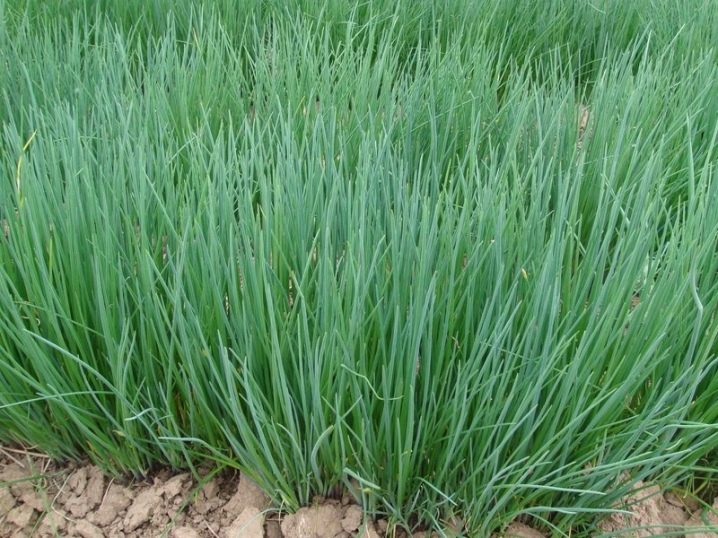
Siberian onions have 30-50 fewer branches, but the leaves are more dill and calmly endure the winter.
Description of chives:
-
well-developed fibrous root system, extending into the ground by 30 cm;
-
the roots can intertwine with each other, as well as with the rhizome of neighbors, forming a sod;
-
feathers are green, color saturation depends on the variety - they can be either very light or very dark, the length of the feather is up to 40 cm;
-
feathery leaves taste bitter-sharp, the aroma of onions is very felt;
-
the beds in May at the flowering stage look very beautiful, they are compared with white, pink or lilac lace, therefore such a bow often appears in flower beds as flowers.
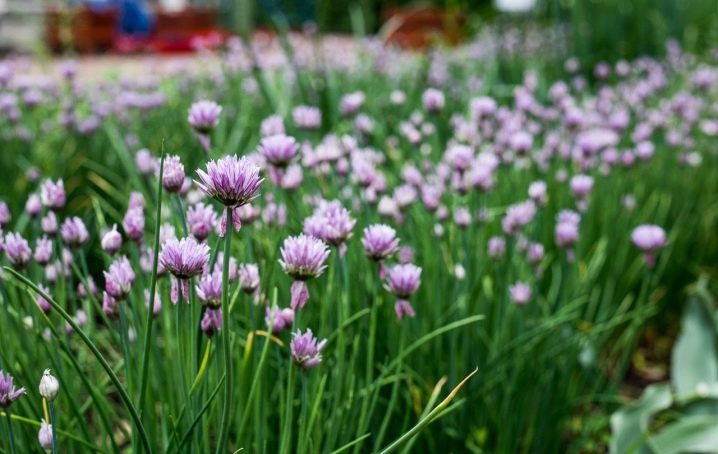
Bright green leaves are rolled into tubes - this distinguishes the sibulet onion (another name for the plant). In the second year of planting, a flower arrow grows from each bulb, and it will bloom annually in a perennial. If the bush is already 3-4 years old, the number of stems reaches a hundred, and there will also be a lot of inflorescences. Flowers blooming in late spring delight with their beauty until August. And then seeds are formed in the umbrellas, which will turn black by the end of summer.
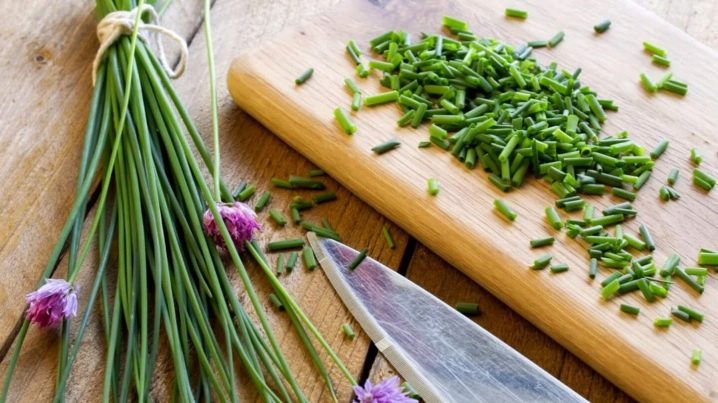
Origin
The homeland of the plant is China and Mongolia, or rather, the northern territories of these countries. In the wild, it actively grows in India, other Asian regions, and also occurs in North America and Europe. But this plant is relatively easy to adapt to a new habitat.
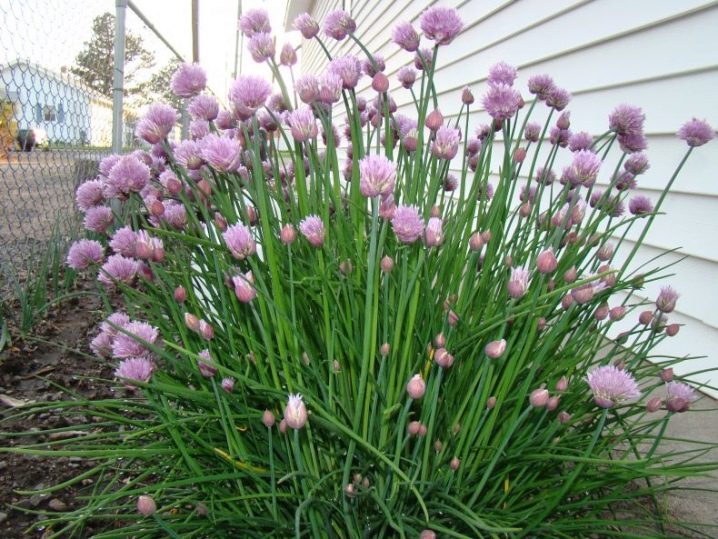
Care for it is minimal, which means that it can be grown almost everywhere. But if this is an arid region, watering should still be regular.
The best varieties
Everything is relative - the choice of a variety depends on how strong and experienced the gardener is, in which region the onion will grow, what requirements (mainly decorative) are imposed on it.
A brief description of the varieties in demand.
-
Elvi. A perennial that can often be found in Scandinavia. It is the only cultivar with white flowers.

- Chemal. On 1 square meter, it will give 6 kg of greenery per season. It has branched and large bushes, the feather reaches half a meter in height. The leaves will taste like islands.
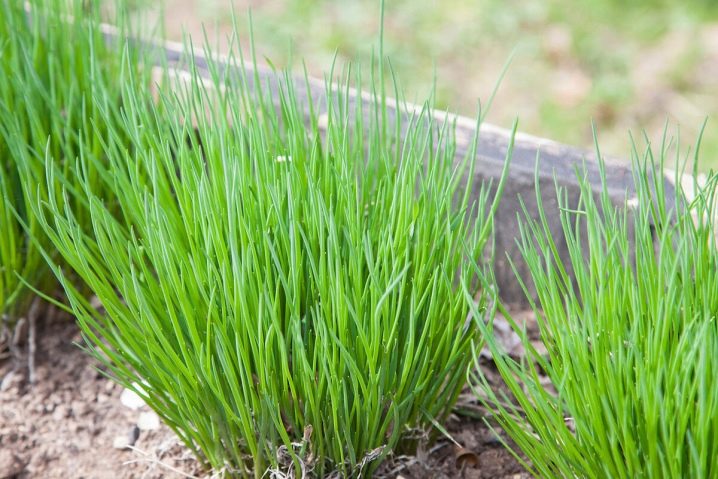
- Honey plant. Probably the most popular variety of chives, it has dense bushes, feathers that are semi-sharp in taste. Produces a good harvest, about 5 cuts.
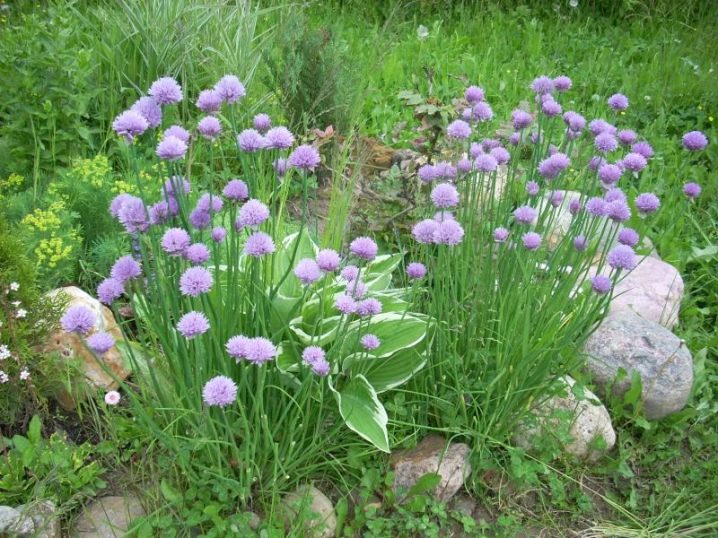
It is often grown in the suburbs, because the variety has good resistance to powdery mildew, which is notoriously popular in this region.
- Crocus. And his leaves grow very quickly. The crop will give 4 years, growing in the same soil.
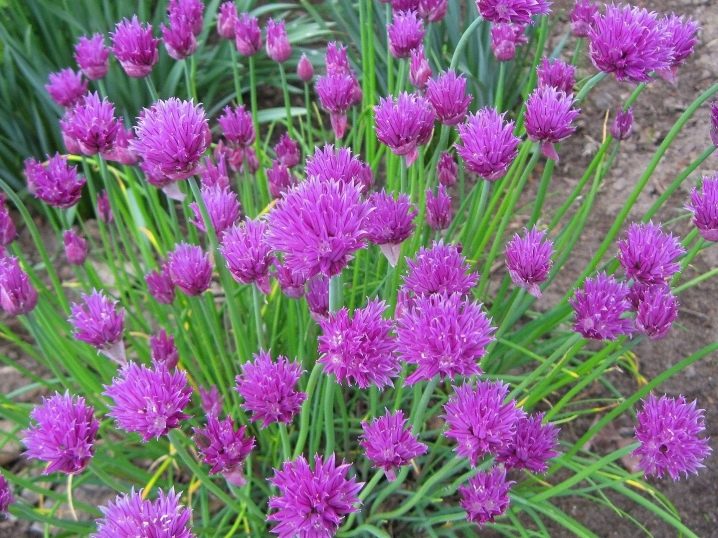
- Spring. Ripens in a month, the bush is tall and powerful. The main difference from other varieties is the weakly sharp leaves. The plant has the highest winter hardiness.
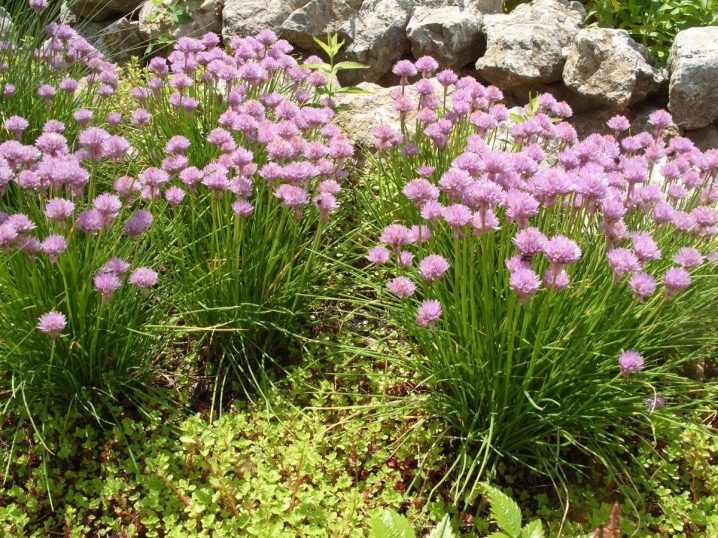
- Albion. This chives have large bushes with one and a half hundred branches, feather length - 40 cm. The taste is spicy.Gives 5 cuts per season.
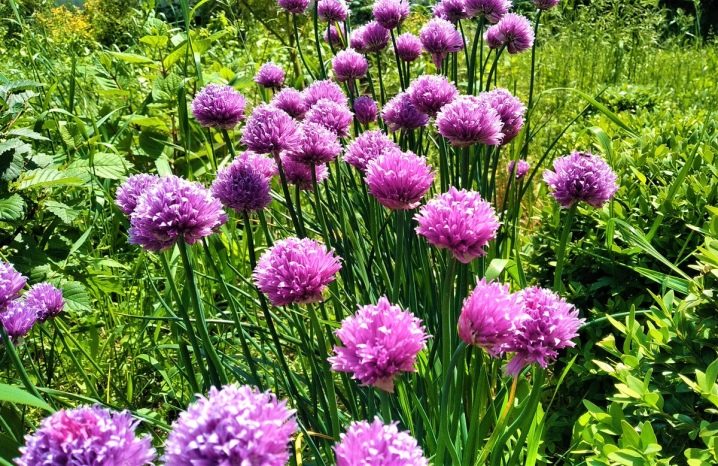
Of course, one cannot be limited only to this list of varieties. You can try, search, experiment: the culture is not capricious, especially beautiful during the flowering period.
Landing
You can sow seeds directly into the ground, you can divide the bush, but there is also a third option. And now about each in order.
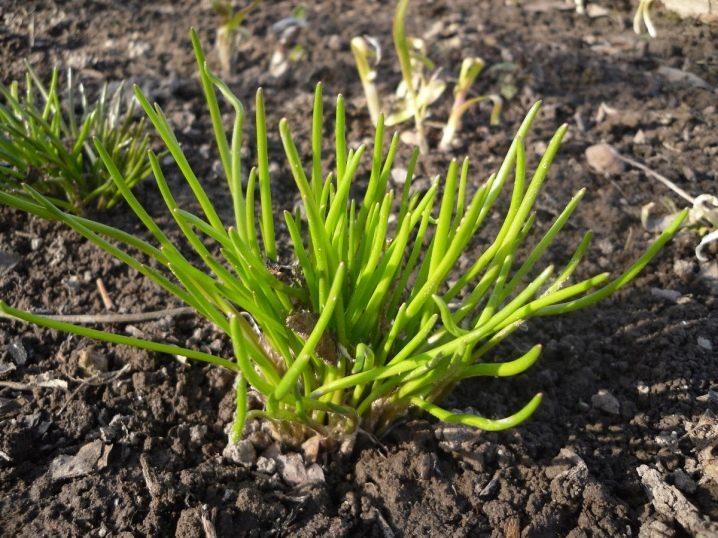
Seeds
Those who have been growing this type of onion for more than one season, as a rule, use their own seeds. But you can buy them at the store. The seeds will also sprout dry, but it will be useful to help the process: they are poured with water (just do not take very cold water), left for 24 hours, changing the liquid several times. After soaking, the seeds are laid out on textiles or a paper towel, dried so that they become free-flowing again. Then you can sow.
Seeds are usually sent to the garden in the spring, and if the region is southern, you can do it before winter. If it is in the fall, then you need to take dry seeds, sow them 2 cm deep, cover them with mulch on top (sawdust or fallen leaves). And they do it before the onset of frost. In the spring, the mulch is raked off, and the seeds germinate faster. But still, spring sowing is much more popular, and they do it, for example, in the middle lane, in mid-April. First, the grooves are prepared and watered. Then seeds are lowered into them: it is possible in several such grooves-rows in the garden, or in one.
Important! If the garden bed is organized for one year, it is better to grow seedlings, sow it tightly. If the harvest is expected for next year, and the planting is eliminated, the sowing of seeds will be freer. The row spacing is 30 cm.
You can expect shoots in a week and a half. When a pair of leaves is formed, you need to thin out the greens, a distance of 8 cm remains in the row.After thinning again, when the green bush is ready for transplantation, the distance will grow to at least 15 cm. And the longer the onion lives in this place, the greater the distance between the bushes should be.
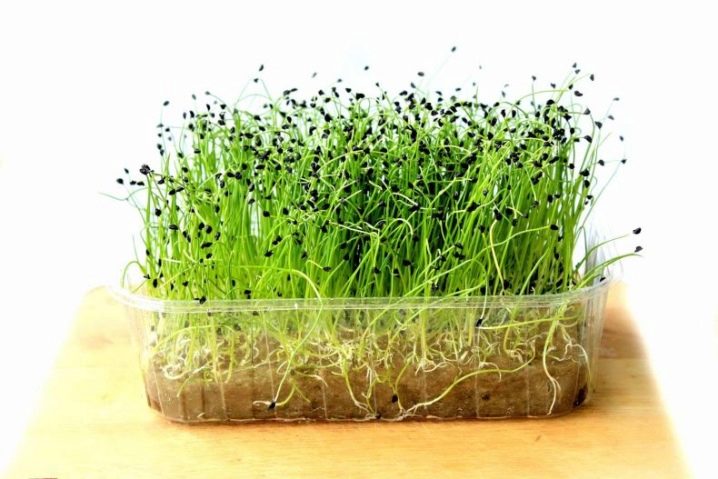
By dividing the bush
This method is affordable and simple, it is preferred by many gardeners. At the beginning or end of the season, a bush is dug up, which will be divided. Remove 5 or 6 bulbs from the sample. And they go to a pre-prepared hole. At the end they need to be watered. So you can plant onion chives, which have already grown on the site and are ready for breeding.
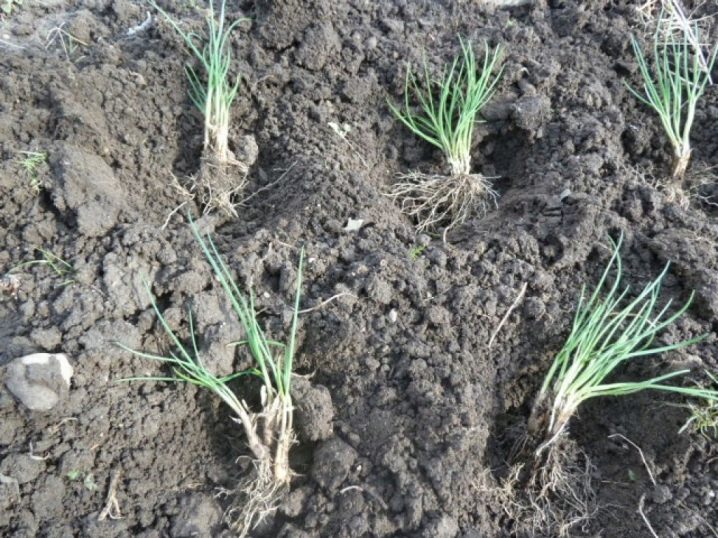
Distillation
This is the third landing method. Bulbous plants, in principle, lend themselves well to forcing, winter, produced at home. Forcing involves a number of stages: in the fall, several sods must be separated from an adult bush, each for 5 onions. The leaves and arrow-stalks must be cut off, and the roots must be trimmed with sterile scissors. Such sods need to be planted in a spacious container, you can plant them in individual pots. Then the plants are watered, and the containers are sent to a ventilated basement.
If there is no basement, the bottom shelf of the refrigerator will do.
In December, containers must be removed from a cold place, and after the hibernation season they will go to a light windowsill. They must be watered with warm water. So you can stimulate the growing season of the culture, which will begin to quickly grow feathery leaves. After 2 weeks, the first feathers can already be plucked and eaten. The higher the temperature, the faster they will grow. If growth needs to be slowed down, the pots are sent to where the temperature is around 12 degrees (on a glazed balcony, for example).
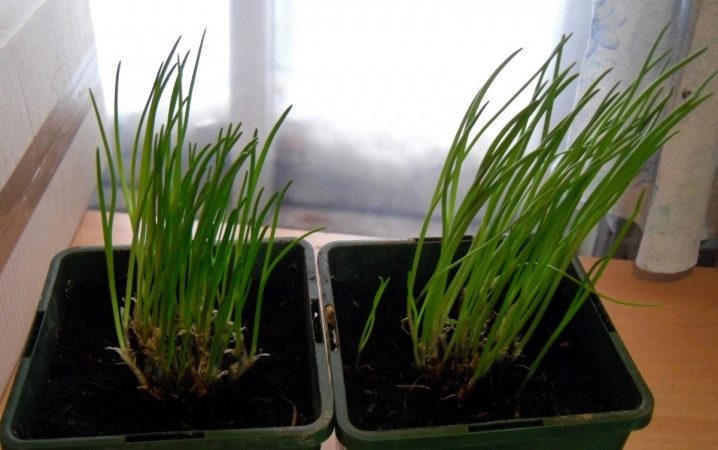
Growing care
This is the simplest thing, since there are practically no tricks of agricultural cultivation that grows in the open field. Watering is the main thing a bow needs. Be it a home-grown onion, ripening in a pot for seedlings, or any other. Schnitt is indeed considered a very moisture-loving crop. If you do not allow it to dry out, you can grow a rich harvest. Nevertheless, the roots are not as strong as in more powerful crops, and in a short time without water they can wilt.
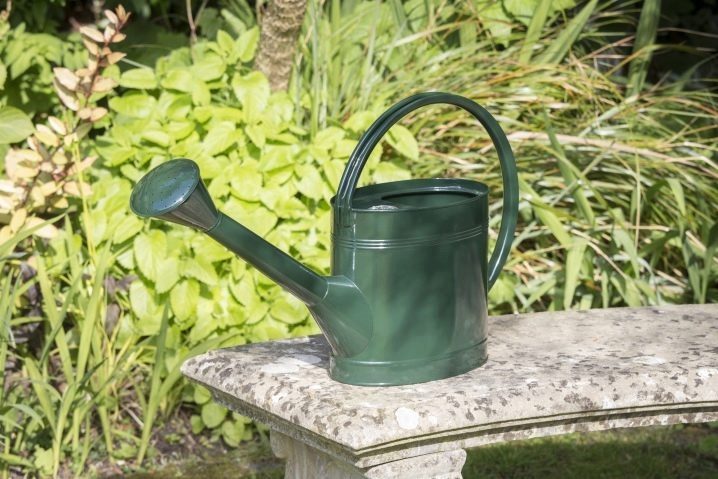
Top dressing is important for the growing season of the crop. The first is carried out in May, with active regrowth of leaves. A composition with nitrogen, potassium, phosphorus is suitable.Usually they take potassium nitrate, potassium phosphate, as well as urea, superphosphate. Everything is done strictly according to the instructions - overfeeding can destroy the plant, and underfeeding will not give an effect. The second compulsory feeding should be in September, a month before the chive leaves for winter sleep. Here it is already more important to purchase formulations with magnesium, iron, copper, zinc, sulfur, selenium. And therefore complex fertilizer is more suitable.
Well, the third feeding is carried out at will, and rather it is needed by those who grow chives for flowering. Then it should be held in July or August. The preparations of the phosphorus-potassium series are used. Any feeding is carried out after rain, or after significant watering. The weather should be dry, but not sunny. For about a week after feeding, it is better not to cut the feather for food.
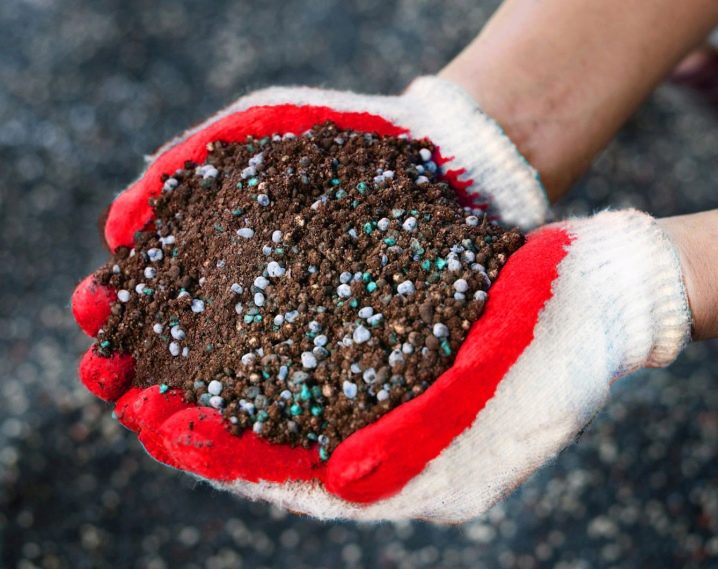
Diseases and pests
This is not a disease, but still an unsafe phenomenon - it happens that as the shnit grows, or when the roots are washed away plant bulbs are exposed... Then they are carefully sprinkled with peat, garden soil or humus. This way you can avoid drying out the bulb.
And, in general, the plant cannot be called painful. There are so many phytoncides in it that he is almost not afraid of adversity (he will also take care of his neighbors). But there is still no complete guarantee of the absence of diseases. And it can be attacked by powdery mildew and rust, because these fungi are extremely active. Powdery mildew can be diagnosed by the pale green spots on the feather, which structurally look like flour, hence the name.
If you start the process, the spots turn brown, the leaves die off.
Rust is manifested by spots of a brownish-red hue, as well as characteristic swellings. And these spores are especially dangerous because they spread very quickly. The whole plantation can be ruined by such a disease. Fungicides will help in the fight against fungi. And if you count on prevention, this is the harvesting of leaves in the fall. The spores that remain on them do not die in winter, by the spring they "wake up" and are taken for an attack of the landing.
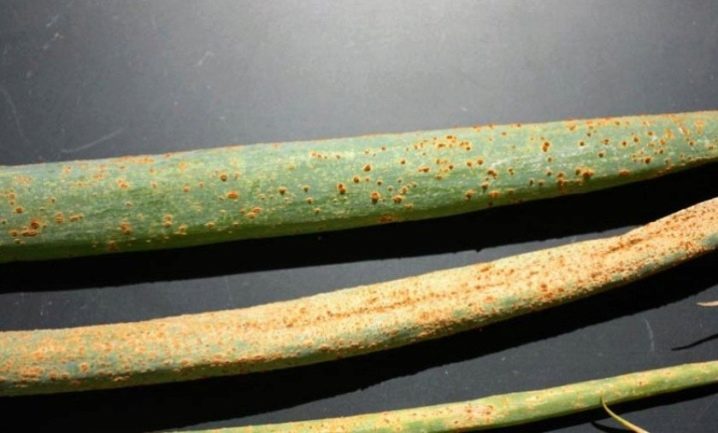
Of the pests, thrips can be considered dangerous. They can damage the entire feather of the bow, right down to the underground part. Onions must be weeded, do not leave vegetation in sockets for the winter. If a pest is found, absolutely all of the infected material is burned. Acaricides work well against insects. Well, the prevention of damage by these pests consists in etching the material that is being planted, as well as in spraying the bushes with Bordeaux liquid.
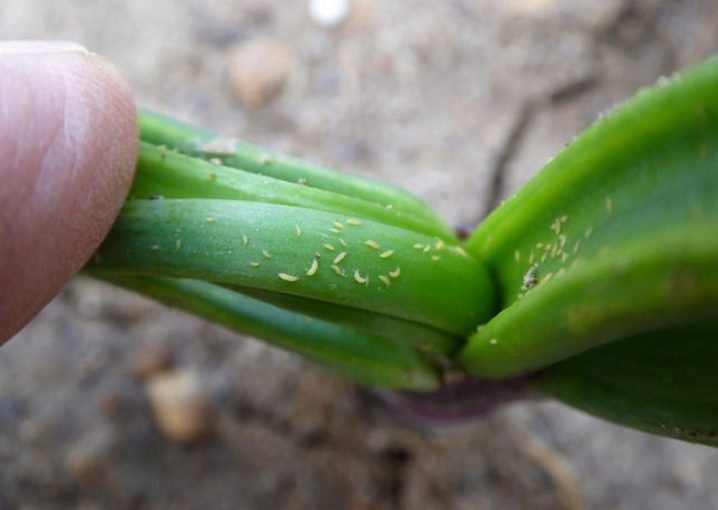
Application in landscape design
The lawns and lawns on the site will become much more colorful with bright chives heads. Lilac and purple are the most popular and can be seen more often in the garden. But varieties with white heads look especially delicate. And since the buds bloom at the end of May, the beginning of summer will be greeted with vigorous flowering - this is very beautiful.
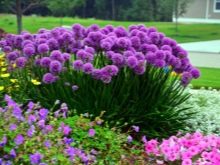
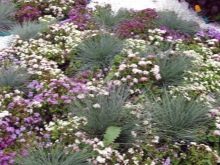
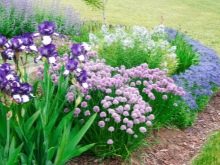
And also shnitt fell in love with those who are active on Instagram: this product is very photogenic. As a border on a garden path, it looks more chic than many garden flowers. In a bunch on a wooden cutting board, it looks very cute, as well as a small cut of chives draws attention to the photo. In a word, in modern realities, the demand for it grows.
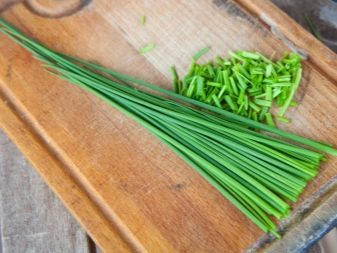
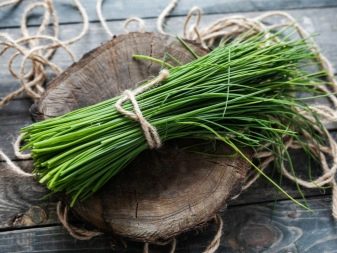
It is noteworthy that such a beauty and a spicy product can be grown without noticeable expenses, without complicated care, and even in the northern regions.
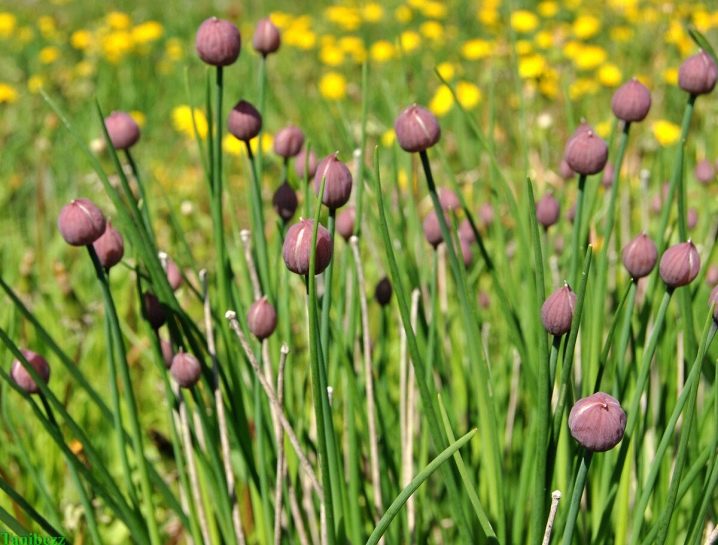
Good luck in growing!













The comment was sent successfully.